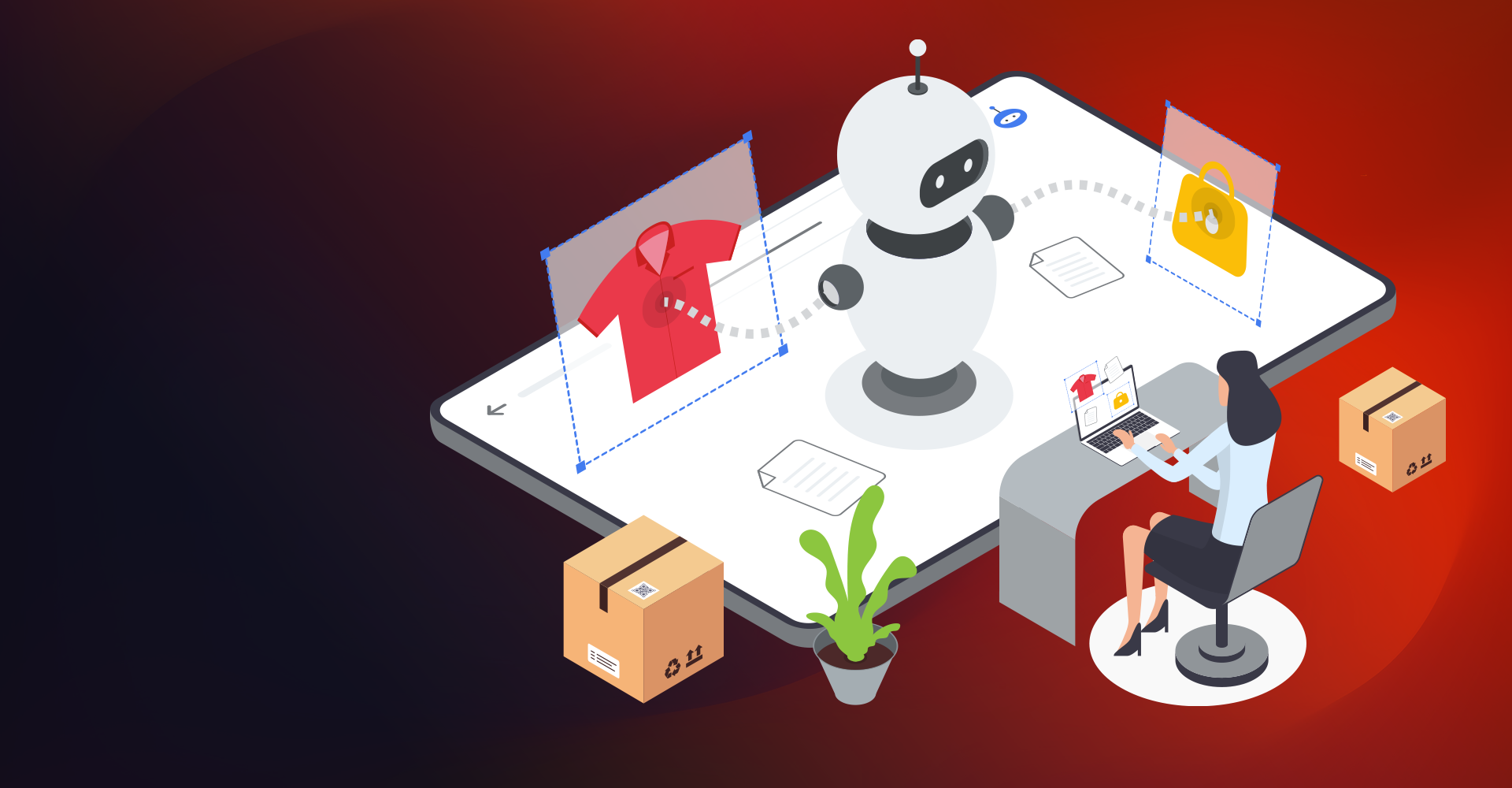Salesforce CPQ (Configure, Price, Quote) has been a trusted tool for many businesses looking to streamline their sales processes. However, as organizations evolve and customer demands become increasingly complex, traditional CPQ systems can begin to reveal their limitations. Enter Salesforce Revenue Lifecycle Management(RLM) — a next-gen solution designed to unify quoting, contracting, billing, and revenue recognition in one intelligent platform.
So, how do you know when it's time to move on from CPQ and embrace RLM?
In this blog, we break down the top 5 signs that indicate your business is ready for the upgrade—and how Revenue Cloud’s RLM capabilities can unlock greater agility, automation, and growth.
1. Your Sales Process Has Grown Too Complex for CPQ
If your sales cycles are stretching longer, approvals are getting stuck, or your sales team is juggling too many disconnected tools, you’re likely hitting the ceiling of what CPQ can manage.
RLM offers a unified platform where all revenue processes—from quote to cash—live together. This reduces friction, minimizes manual errors, and empowers sales teams to move faster with greater accuracy.
✅ With Salesforce RLM, you get integrated workflows that automate discount approvals, contract renewals, and revenue recognition.
2. CPQ Customizations Are Becoming a Maintenance Headache
Over time, businesses often patch together custom scripts and workarounds to meet evolving needs in CPQ. But too much customization can lead to performance issues, higher maintenance costs, and upgrade challenges.
RLM was built to handle complexity natively, reducing your reliance on custom code. With its modular architecture and out-of-the-box automation features, your IT team can focus on innovation rather than troubleshooting.
✅ Simplify your tech stack and reduce Total Cost of Ownership (TCO) with prebuilt RLM capabilities.
3. You're Managing Revenue Recognition in Spreadsheets
If your finance team is still exporting data from CPQ to manually calculate revenue in Excel or external tools, that’s a red flag. Not only is this inefficient, but it can also expose your business to compliance and audit risks.
RLM integrates quoting with automated revenue recognition based on ASC 606 standards. No more data handoffs. No more errors. Just clean, compliant financials in real-time.
✅ Enable finance teams to close books faster and forecast more accurately.
4. Renewal and Subscription Management Is a Manual Chore
In today’s subscription-first world, managing renewals, usage-based billing, and customer lifecycle events needs to be seamless. If your CPQ system wasn’t built with recurring revenue in mind, you’re likely patching together manual fixes or third-party tools.
RLM was designed for the full revenue lifecycle, including self-renewals, amendments, usage tracking, and mid-term changes—all without leaving the Salesforce ecosystem.
✅ Make upsells, renewals, and amendments easy with end-to-end automation.
5. You Need Better Visibility into Revenue Performance
Leadership teams need timely, accurate revenue data to make strategic decisions. If pulling this data from CPQ requires multiple reports, reconciliations, and manual cross-checks, you’re flying blind.
Salesforce RLM provides real-time visibility into all revenue activities, from pipeline to cash. Dashboards are customizable, role-based, and actionable—so every team can make informed decisions faster.
✅ Unify sales, finance, and operations around a single source of truth.
Why Make the Move Now?
Salesforce has signaled that CPQ support is sunsetting soon, and the future lies in the advanced, AI-enabled capabilities of Revenue Lifecycle Management. Companies that delay the transition risk being left behind with outdated systems, rising costs, and lower customer satisfaction.
Start your move with a clear, step-by-step guide from Salesforce experts. Check it out!













